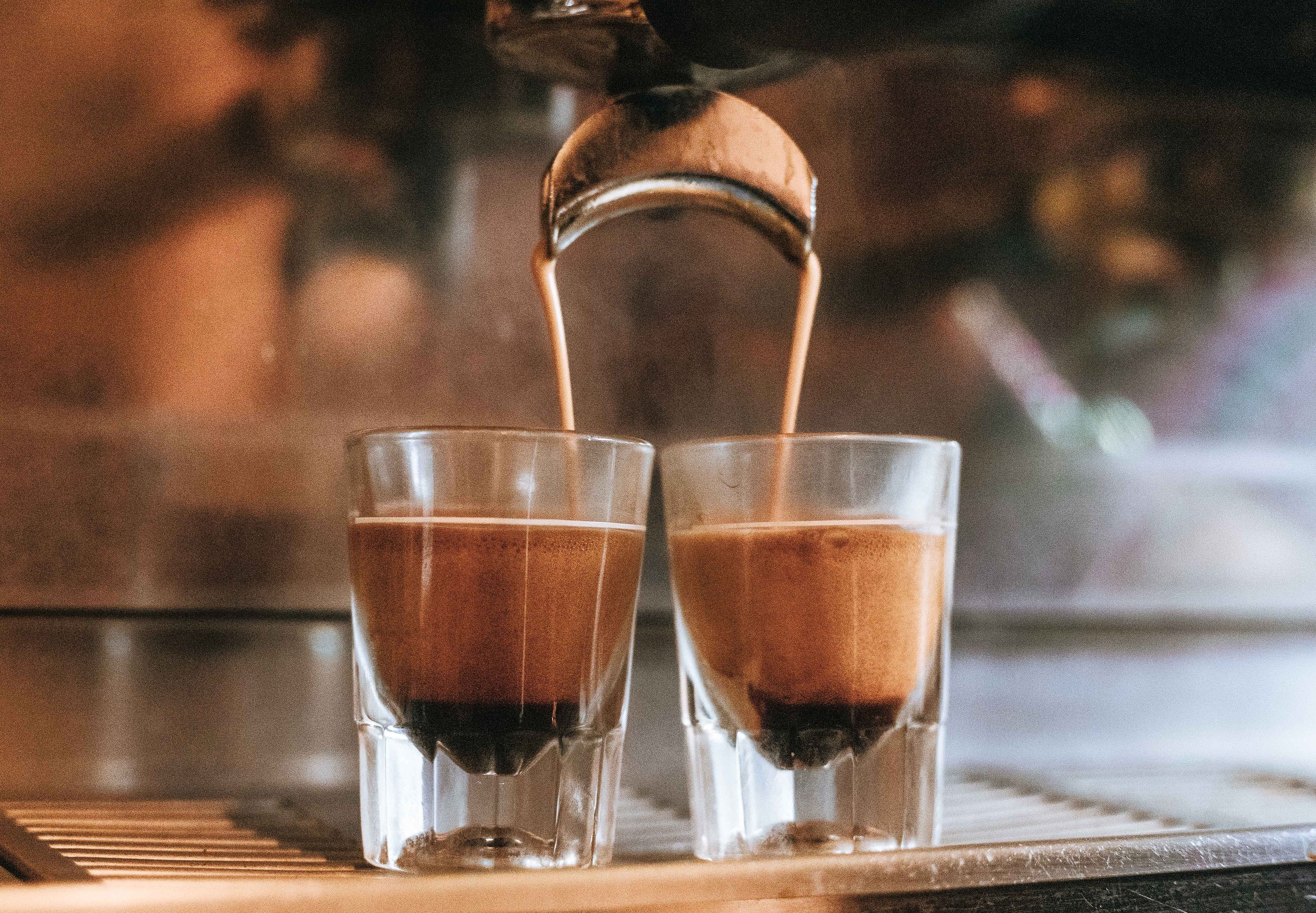The Art & Science of Pulling a Perfect Espresso Shot
If you’ve ever wondered what goes into that tiny, powerful cup of espresso that gets your day started, you’re in the right place. Pulling the perfect espresso shot isn’t just about pressing a button — it’s a real art and science combo that baristas spend years mastering.
First off, the grind. Espresso requires a super fine grind — way finer than your regular drip coffee. Too coarse, and the water rushes through too fast, leaving you with weak, watery espresso. Too fine, and the water struggles to get through, resulting in a bitter, over-extracted mess. So dialing in that grind is step one.
Next up is tamping — that’s just fancy barista talk for pressing the coffee grounds down evenly into the portafilter. You want a nice, firm press, about 30 pounds of pressure, to make sure the water flows through the coffee evenly. If you skip this step or tamp unevenly, you’ll get channeling, where water just shoots through cracks and ruins the flavor.
Then comes the timing. A good espresso shot usually takes around 25-30 seconds to pull. If it’s too fast, it’s weak; too slow, it’s bitter. Temperature matters, too — ideal brewing temps are typically around 195 to 205°F. This heat extracts those delicious oils and flavors from the coffee grounds.
Finally, look for that golden crema on top — a rich, foamy layer that tells you you nailed it. It’s like the espresso’s signature.
So yeah, pulling the perfect shot takes some patience and practice, but once you get it, it’s incredibly rewarding. Plus, there’s nothing quite like that first sip of a perfectly balanced, bold espresso to kickstart your day.
